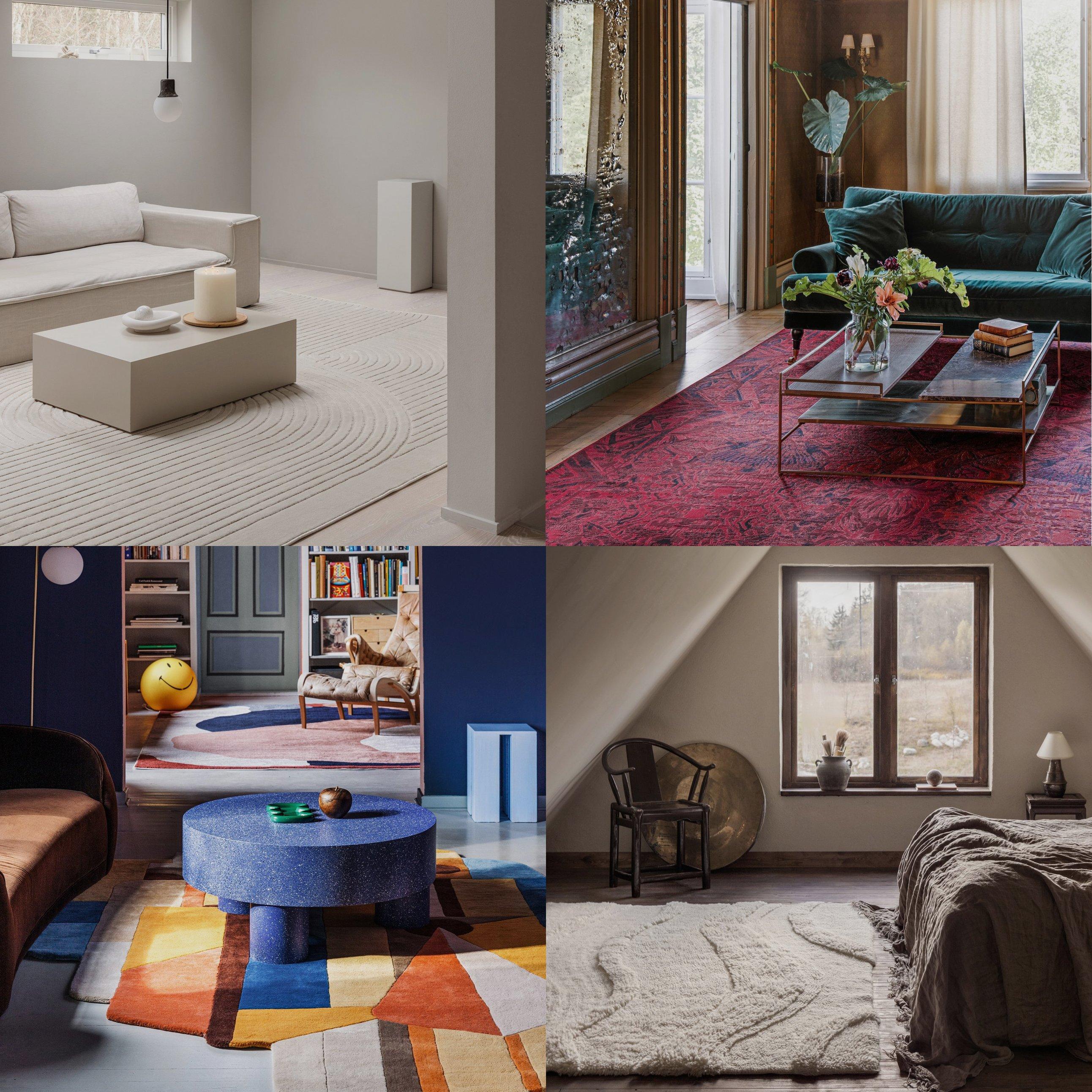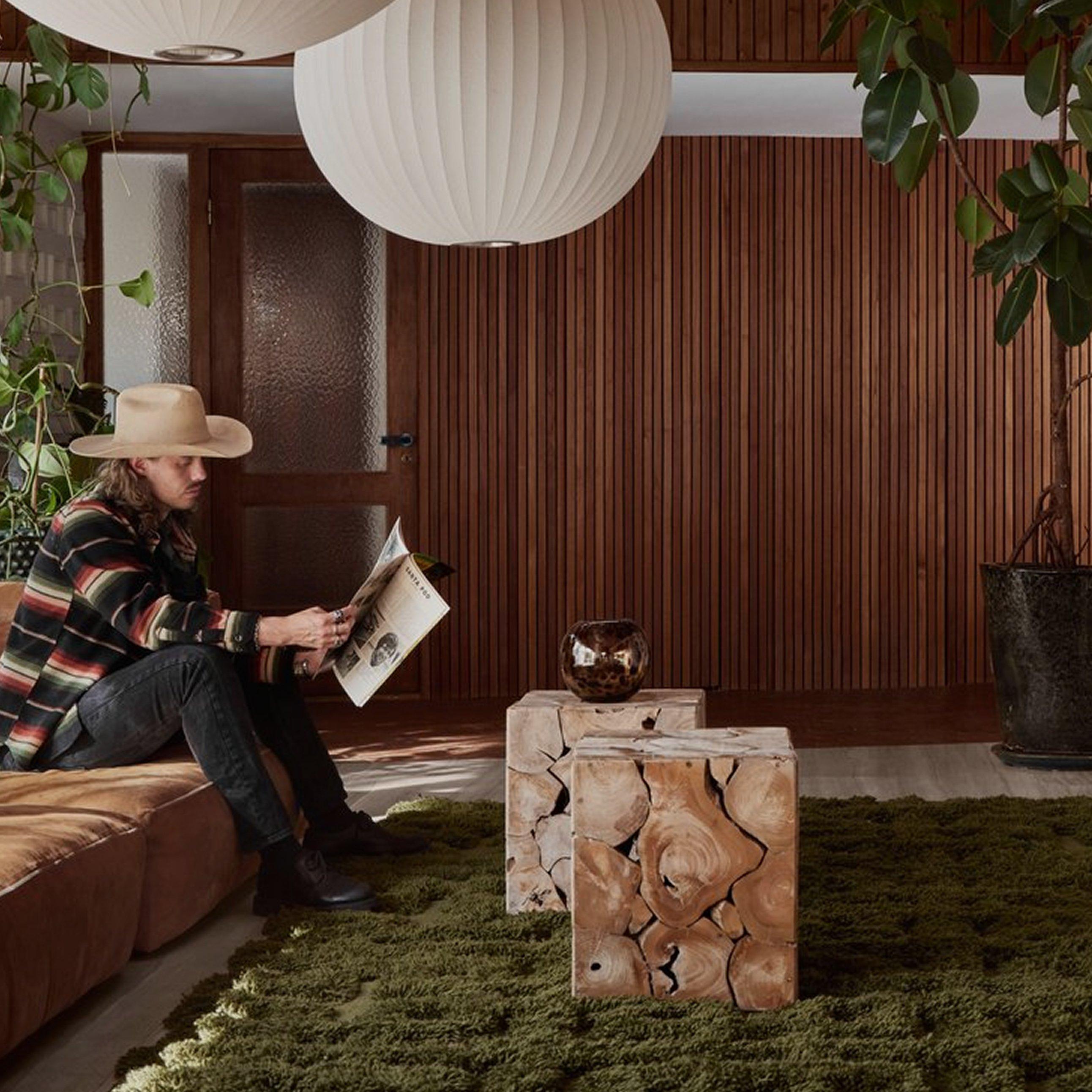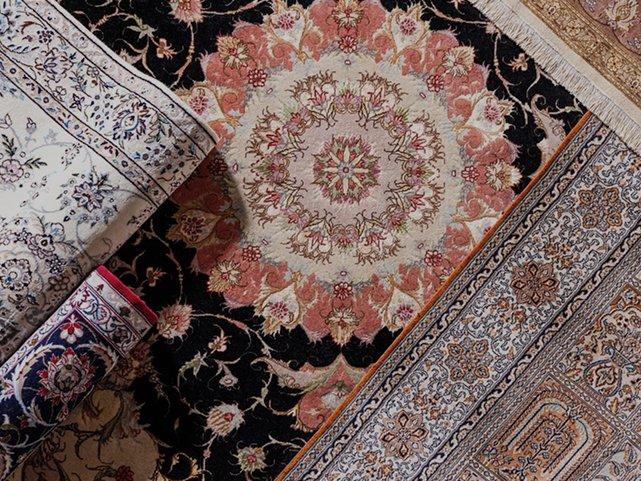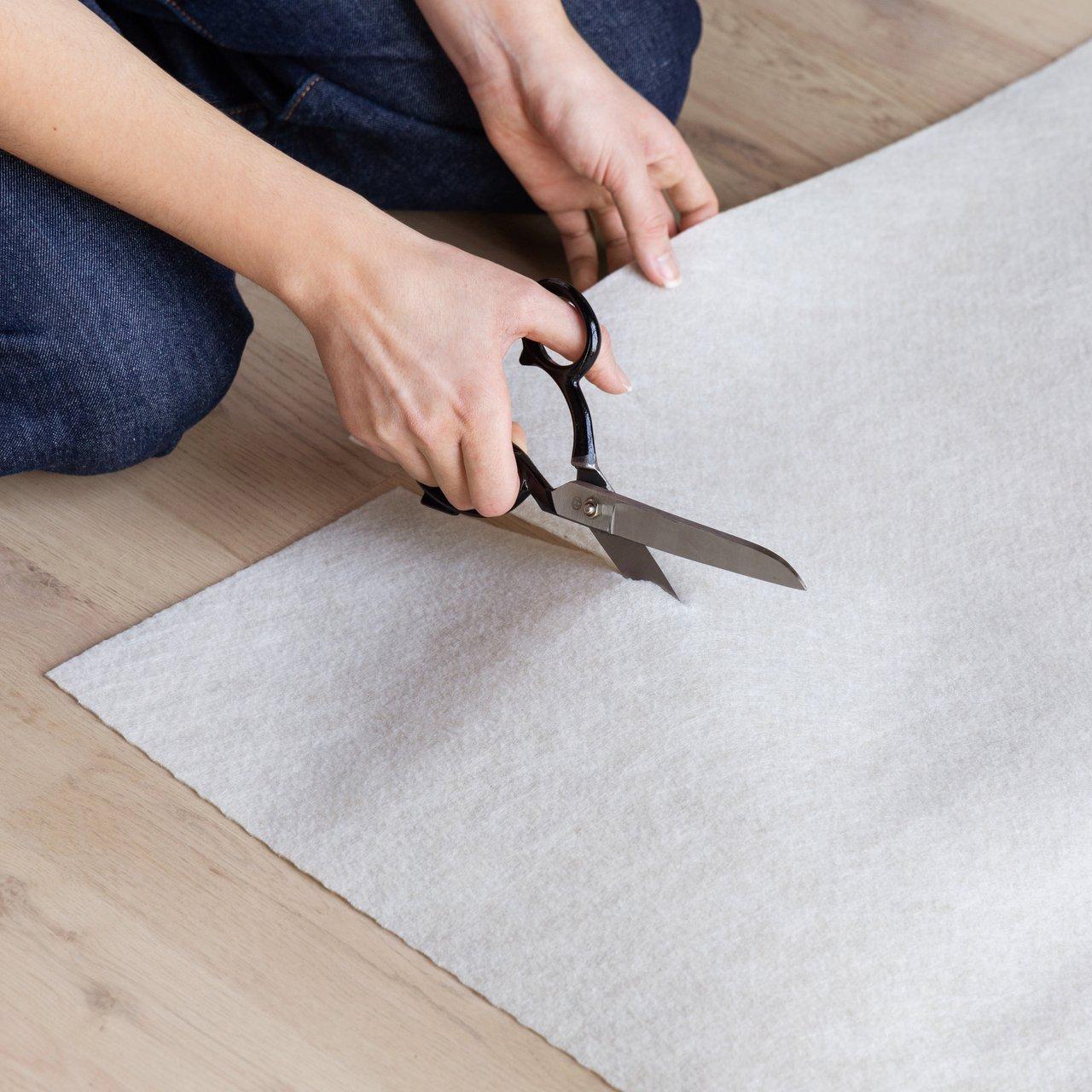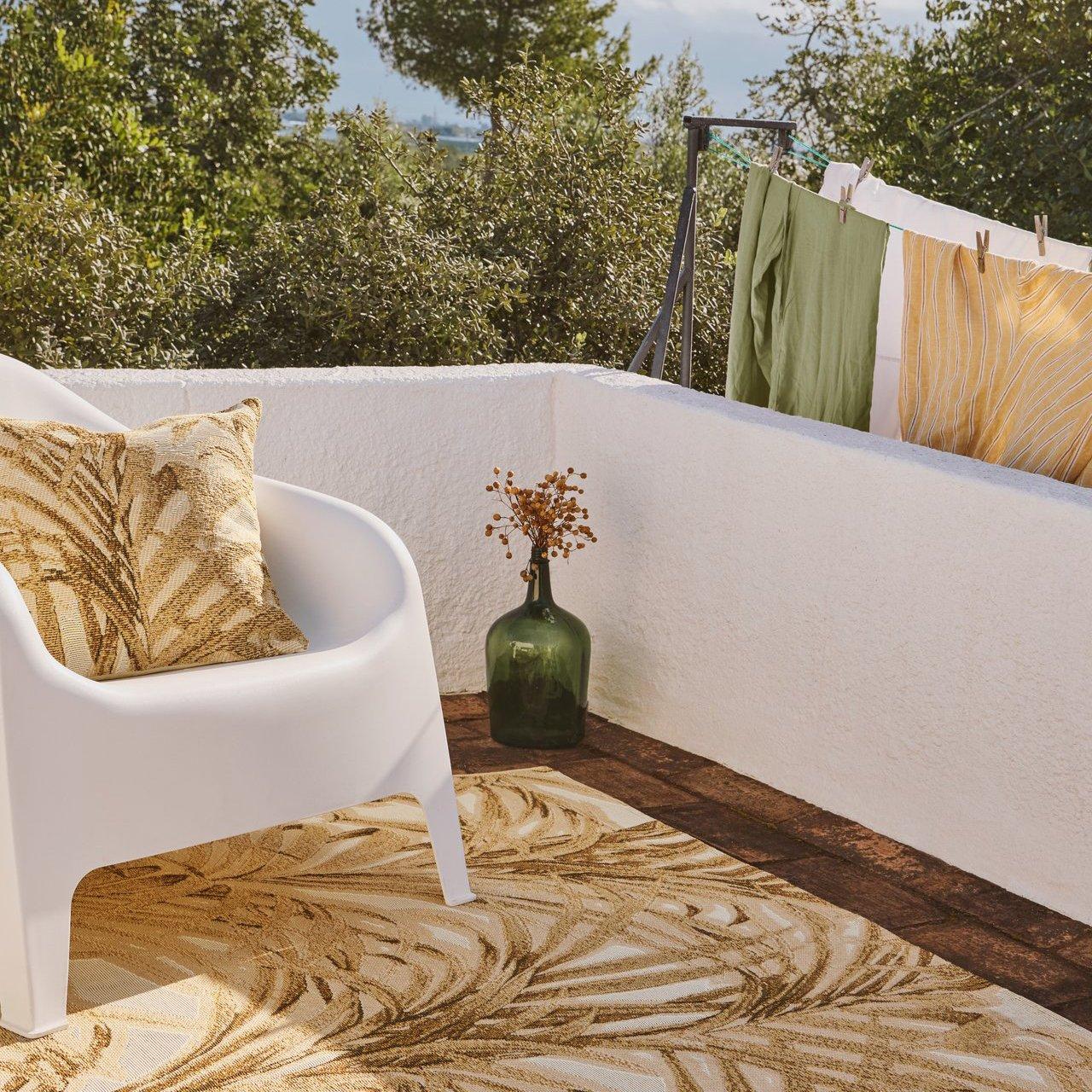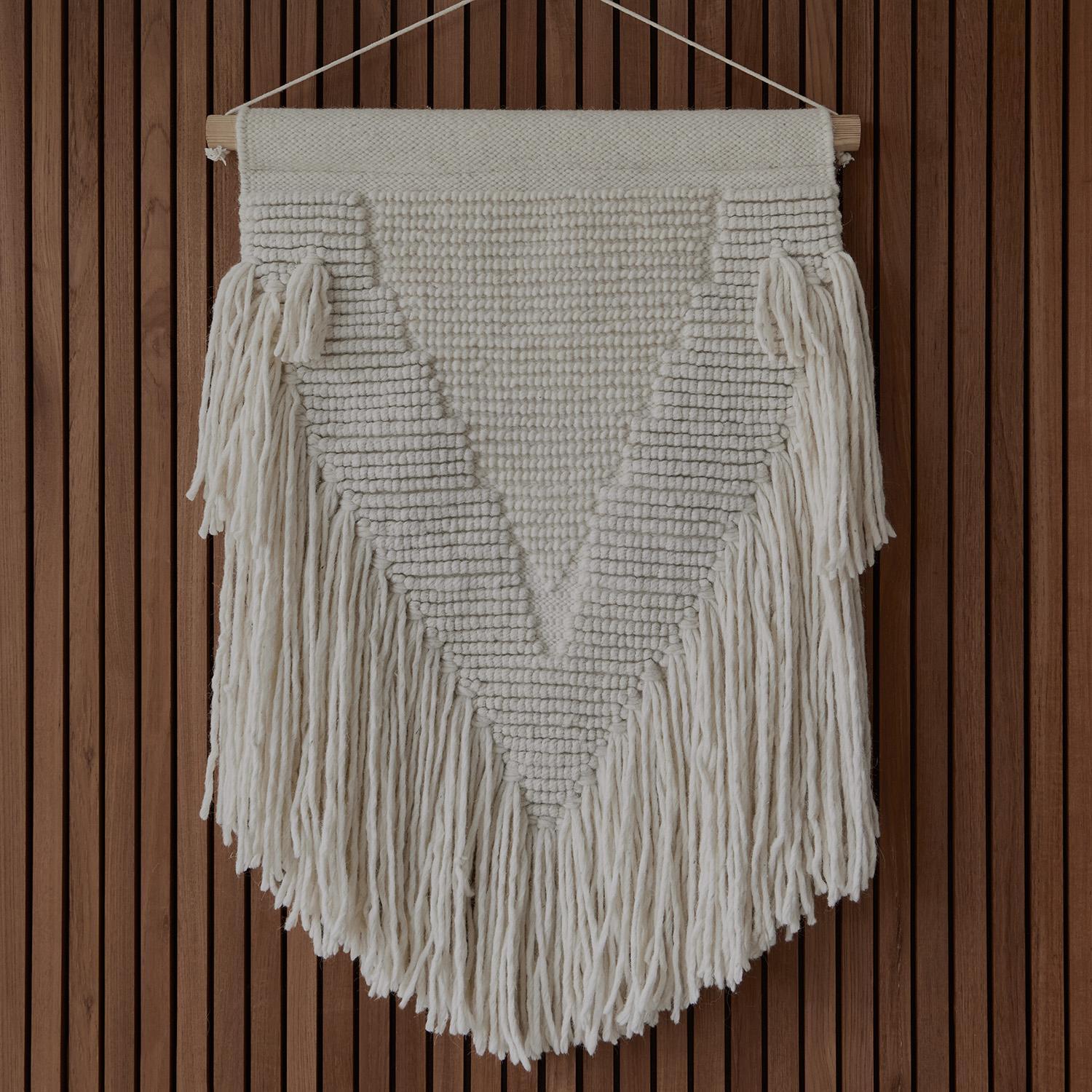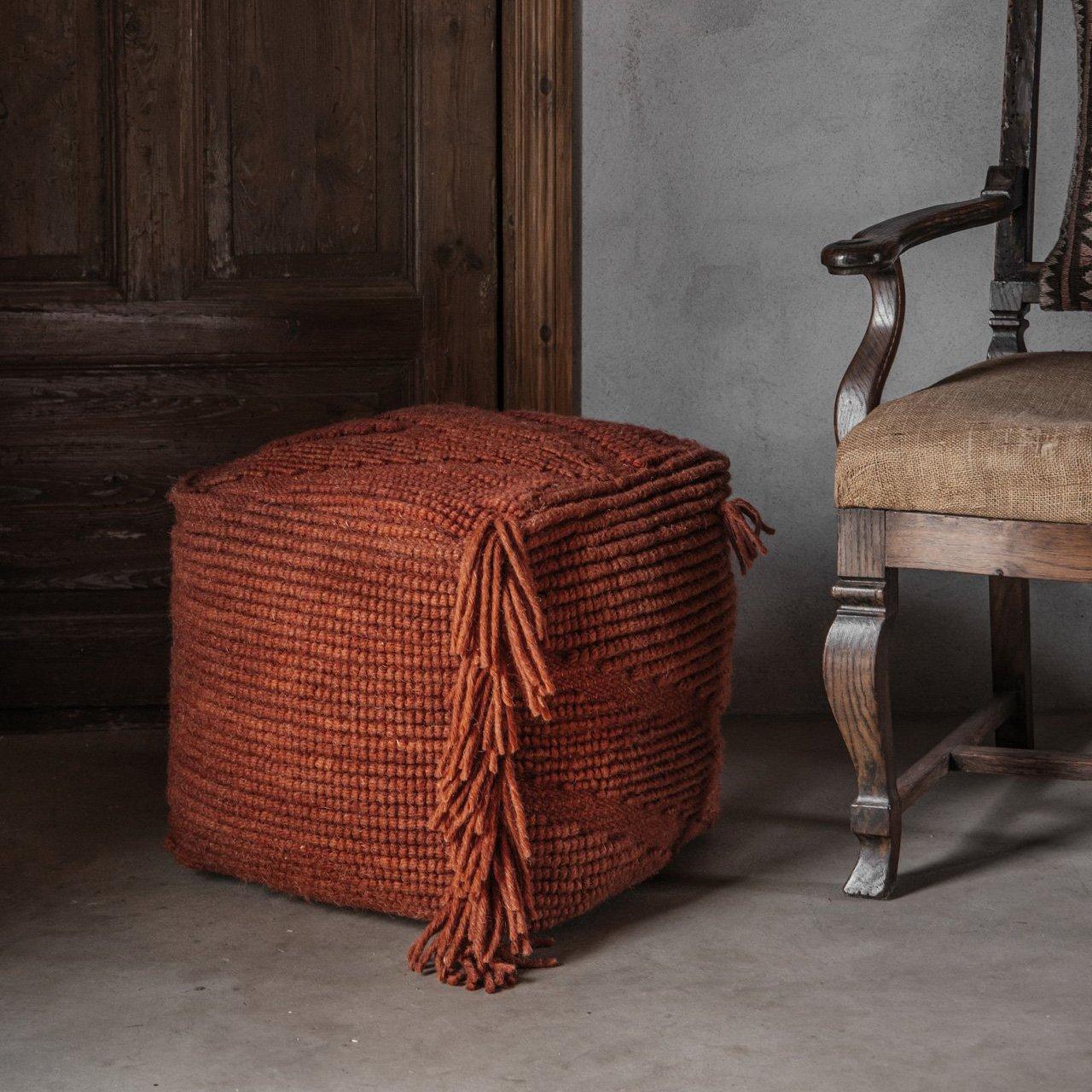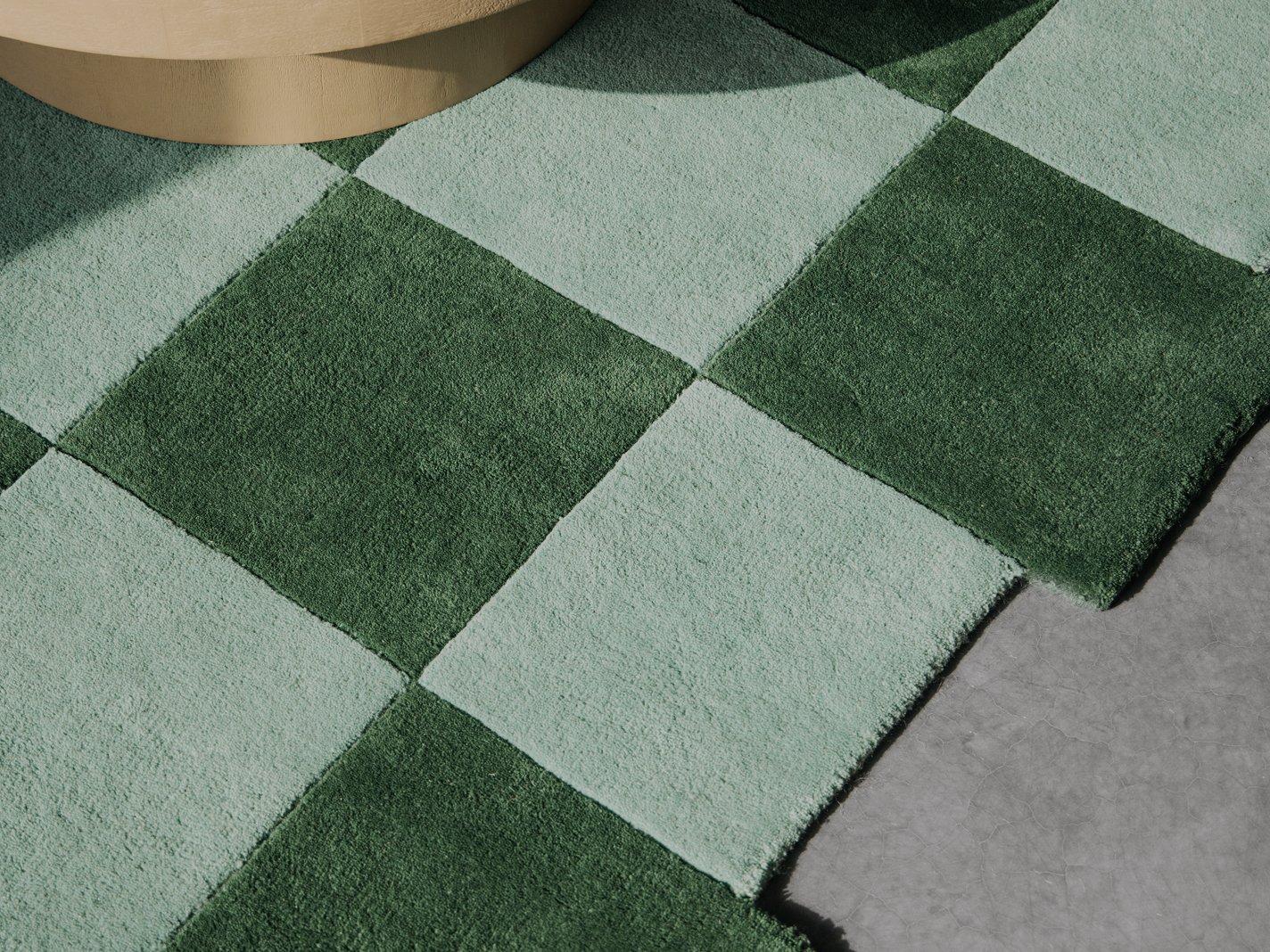How to choose a rug colour
– 12 helpful tips to follow
When it comes to decorating your home, knowing how to choose a rug colour can make all the difference. Whether you’re aiming to create a focal point or tie together existing elements in your room, the colour of your rug plays a significant role.
To help you make the best choice, we’ve put together a complete rug colour guide, including 12 tips to follow before making the decision on which colour to choose.
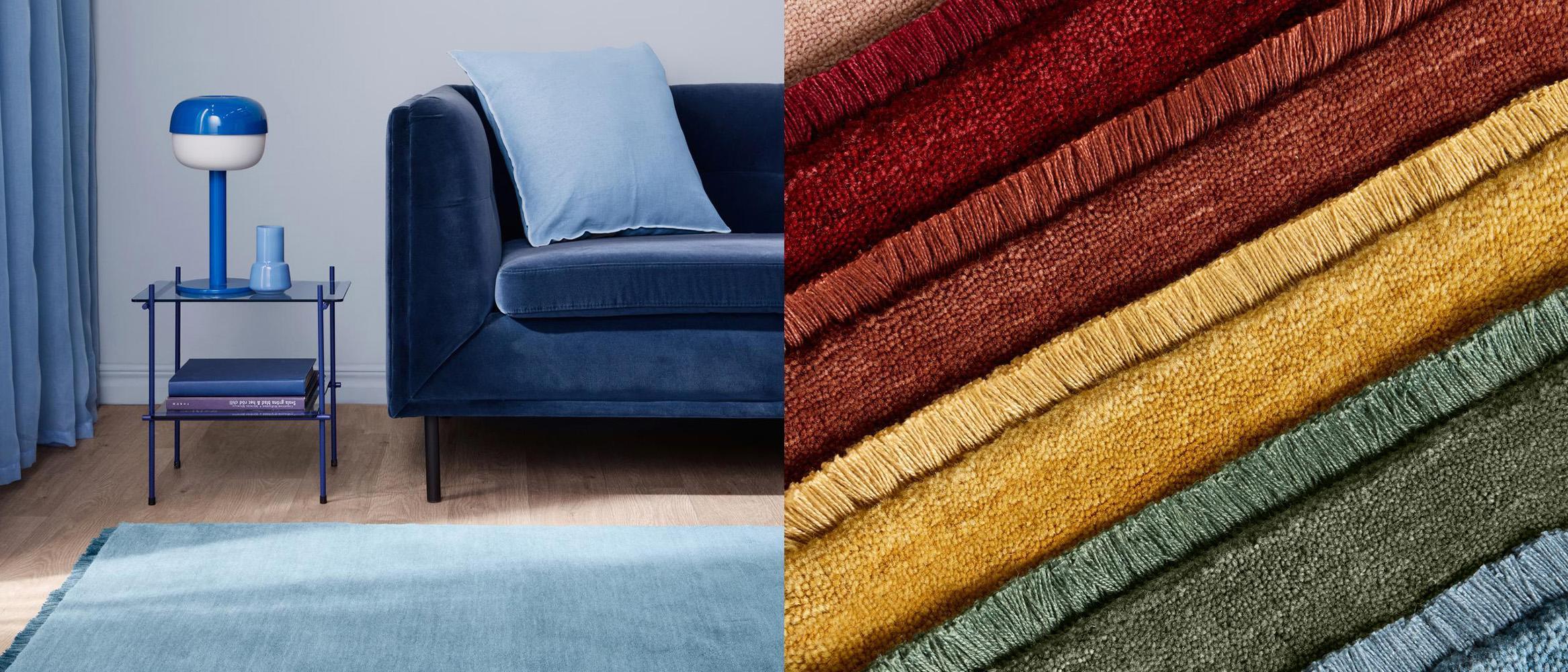
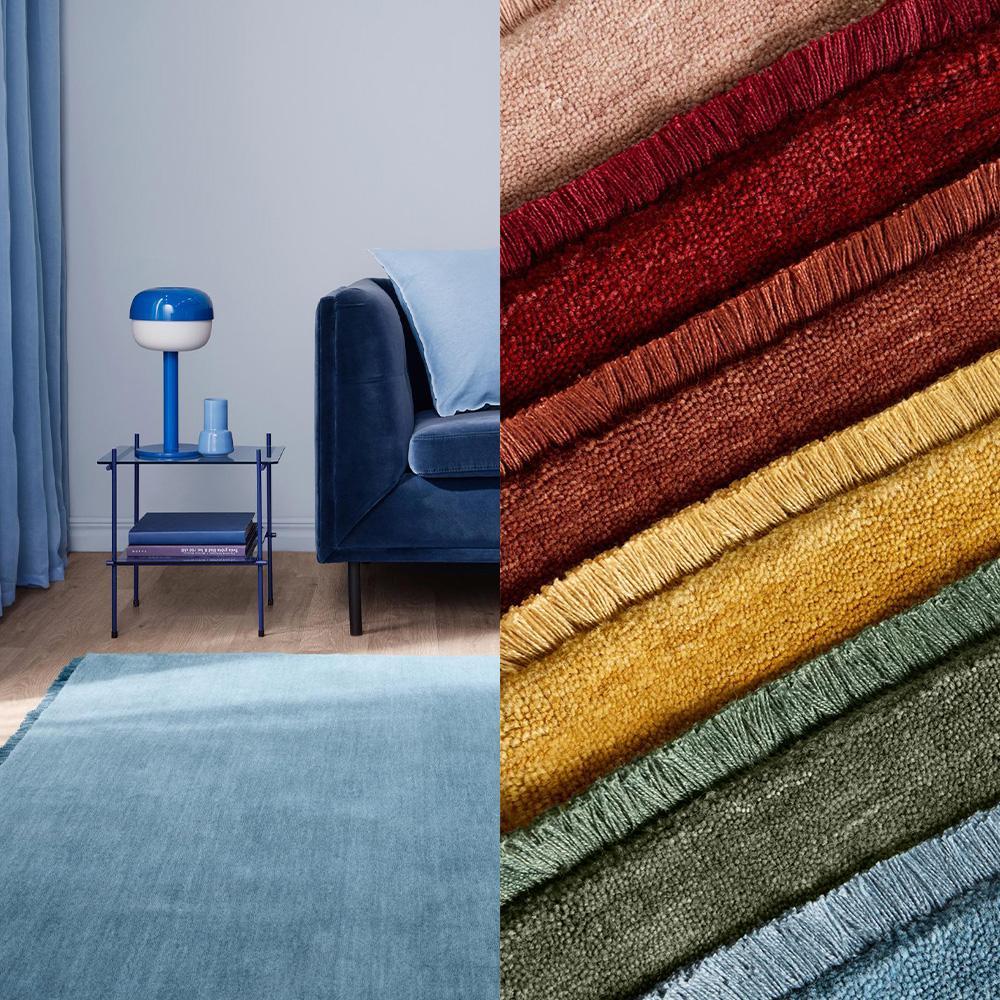
1. Consider the room’s purpose
Before diving into colour options, think about the function of the room. Is it a lively family room or a tranquil bedroom? The rug colour should complement the room’s intended ambiance.
2. Think about size and space
In smaller rooms, lighter-coloured rugs can create a sense of openness, while darker hues can anchor larger spaces. Consider the size of your room and the rug size when selecting the right colour.
3. Reflect on existing decor
Your rug should harmonise with your existing furniture and decor. Look at the dominant colours in your space and choose a rug colour that complements or contrasts effectively.
4. Evaluate colours
Colours evoke specific moods and emotions. For instance, blue promotes calmness, while red adds energy. Knowing how to choose a rug colour is all about aligning with the mood you want to create in the room.
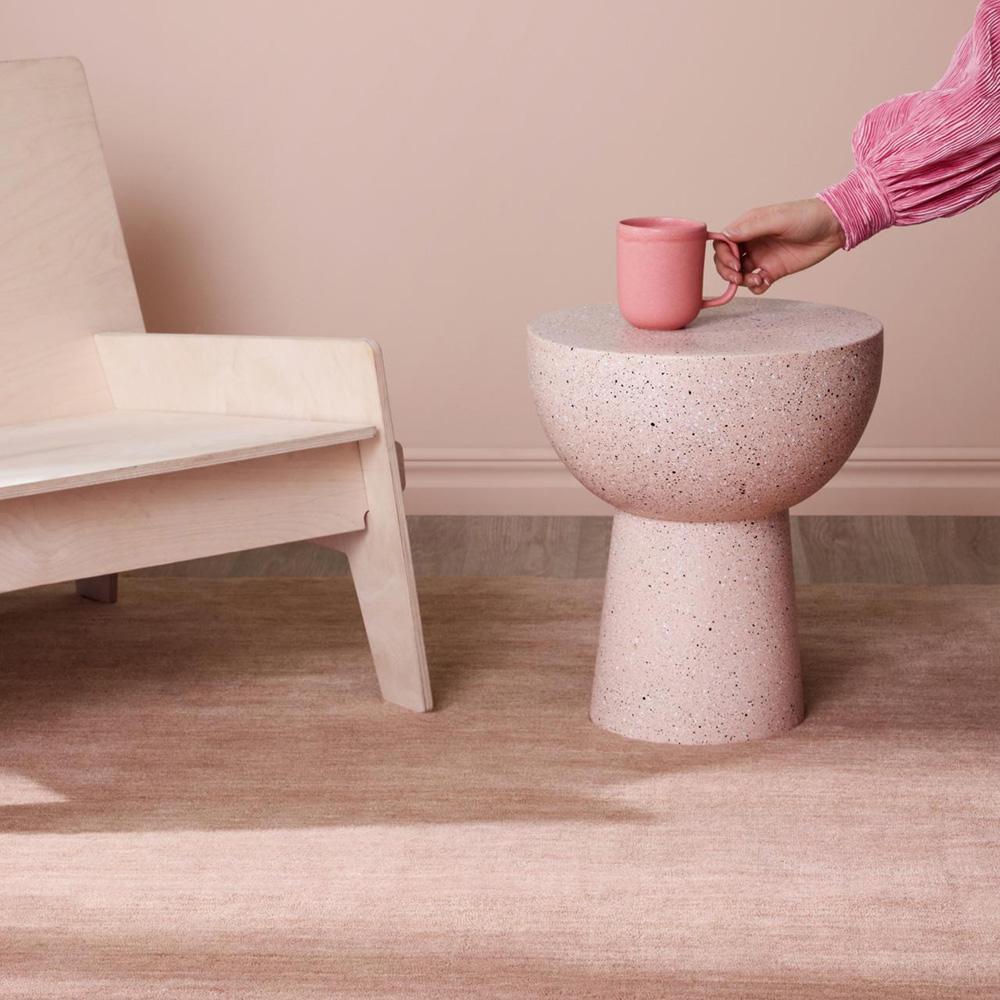
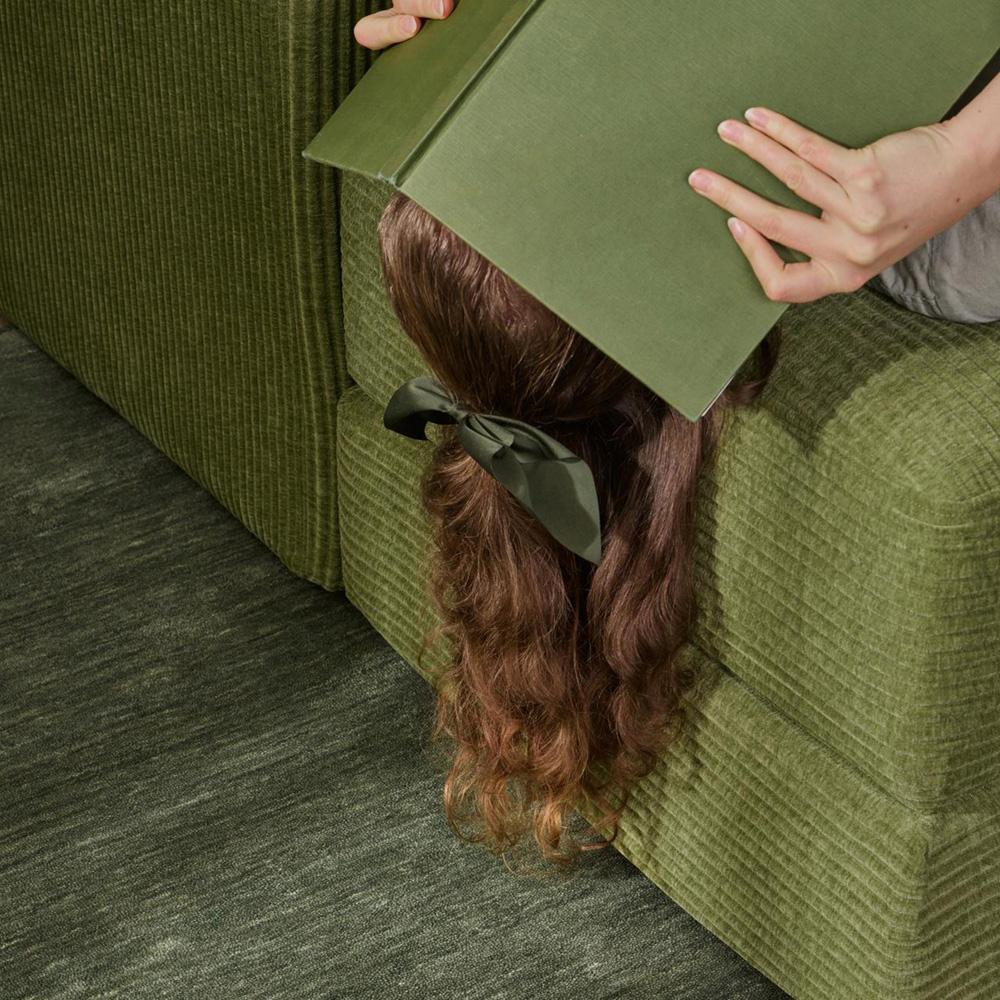
5. Matching colours
Select a rug colour that harmonises with elements already present in the room, such as the wall colour, pillows, or sofa. This cohesive approach creates a unified sense of style and ambiance within the room.
6. Explore neutral options
Neutral colours like beige and grey are versatile and timeless. They blend seamlessly with various decor styles and provide a safe choice if you’re unsure about bolder colours.
7. Experiment with patterns
If you’re drawn to patterns, such as a medallion rug or an abstract rug, pay attention to the colours within the design. Choose a rug with a dominant colour that complements your space, while secondary colours, can add interest without overwhelming the room.
8. Consider maintenance
Dark-coloured rugs tend to conceal dirt and stains better than lighter ones. If you have pets or young children — and want to cut down on your rug cleaning time — this factor may influence your colour choice.
9. Seek inspiration from nature
Nature offers a wealth of colour combinations that work harmoniously together. Look to natural landscapes or botanical hues for inspiration when picking a rug colour.
10. Visual contrast
The best rug colours create visual interest and define separate areas within a room. For example, a dark rug on a light floor or vice versa can make a rug stand out as a focal point.
11. Timeless colour
Neutral-coloured rugs, such as beige or light grey, tend to go well with most decor styles and colour schemes.
12. Trust your instincts
Ultimately, choosing a rug colour comes down to going with what feels right for you and your room. Your intuition can often lead you to the perfect making a choice that reflects your personal style and enhances the overall aesthetic of your home.
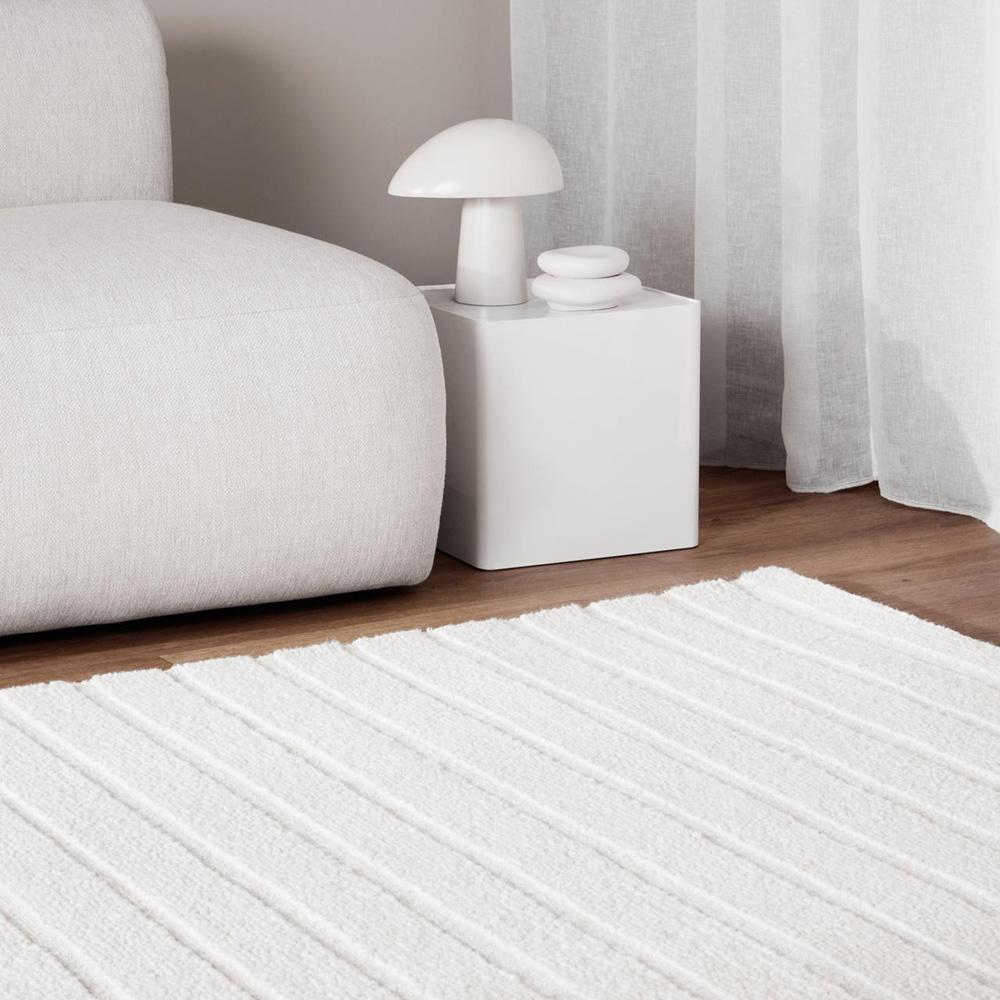
Choosing a rug colour:
8 of the most popular options and their associations
Whether it’s knowing how to choose a rug colour for the living room or how to choose a rug colour for the bedroom, a key part of the process is being aware of the different feelings and associations that each colour choice can bring. To help get you started, we’ve put together some common associations between colours and their effects:
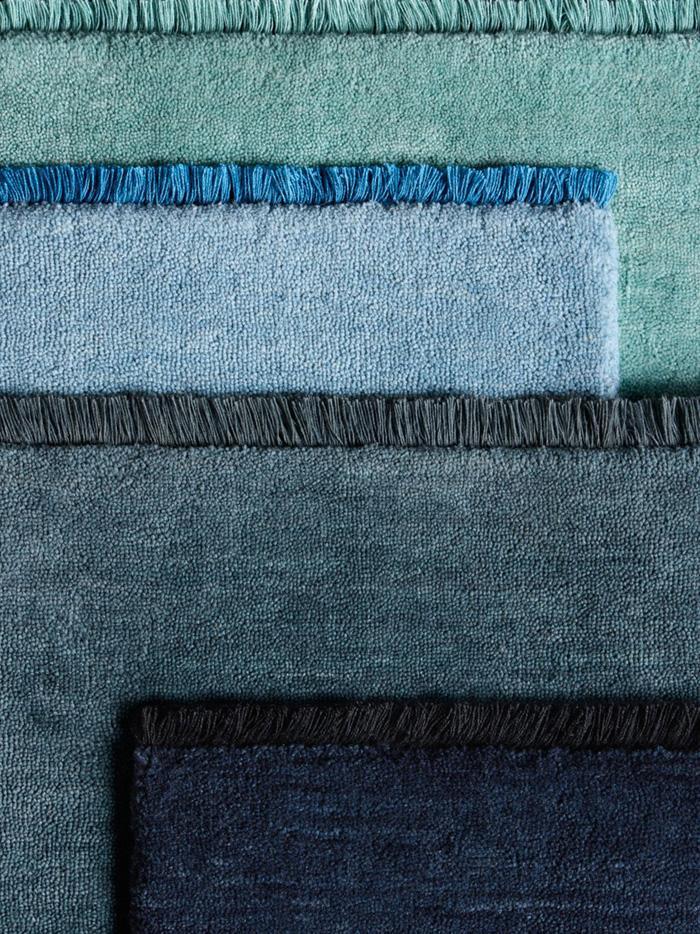
Blue
Known for its calming and soothing properties, blue is often used to promote relaxation and reduce stress. Blue rugs are ideal for bedrooms, bathrooms, and rooms where tranquillity is desired.
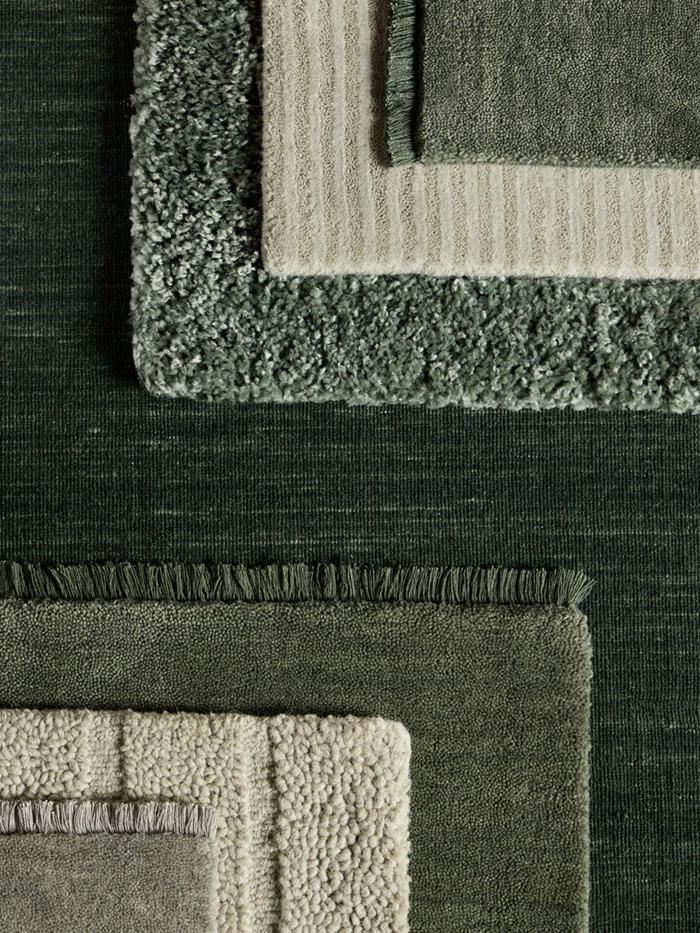
Green
Associated with nature and renewal, green has a calming and balancing effect. Choosing a green rug, can evoke feelings of freshness, harmony, and growth, making them suitable for any area where you want to create a sense of peace.
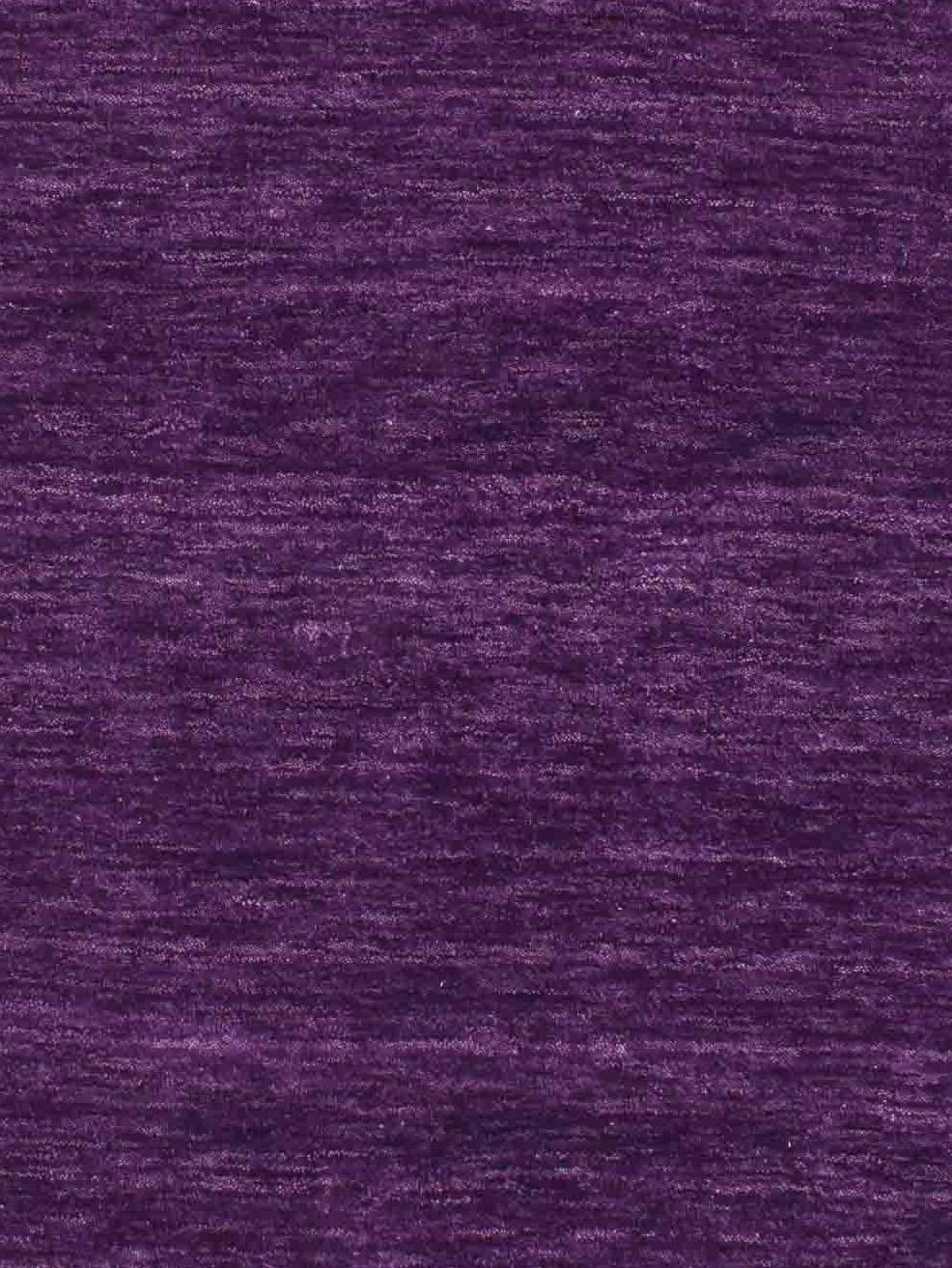
Purple
Associated with luxury, creativity, and spirituality, purple rugs can create a sense of sophistication and elegance. Lighter shades can have a calming effect, while deeper shades can add drama and richness to a space. Purple rugs are often used in bedrooms, meditation rooms, or areas where relaxation and inspiration are key.
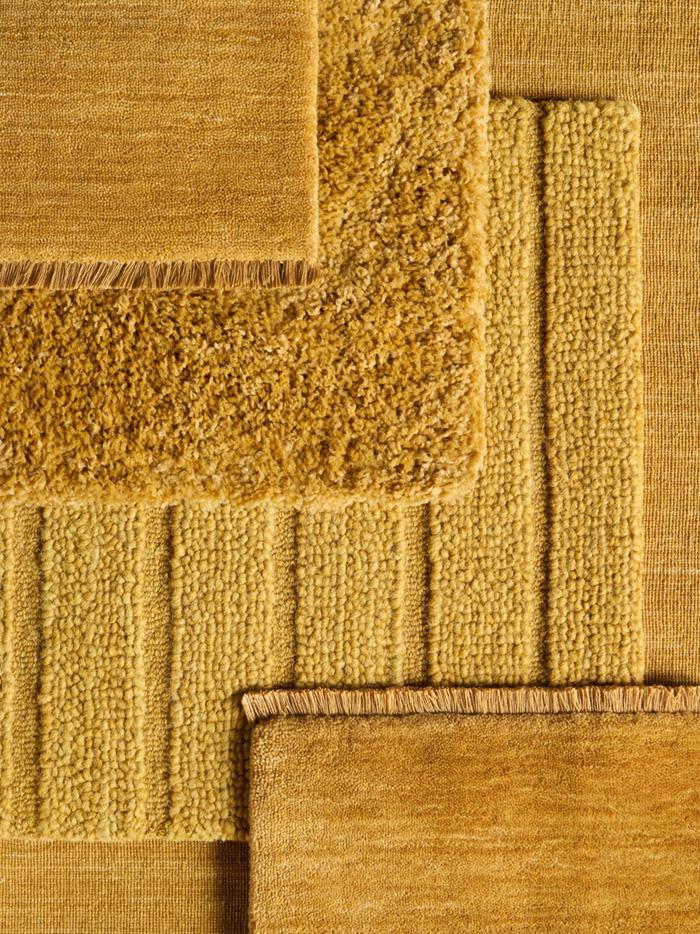
Yellow
Bright and cheerful, yellow coloured rugs are uplifting and energising. They can evoke feelings of happiness, optimism and warmth, making them ideal for kitchens, dining areas, and spaces where creativity and positivity are encouraged.
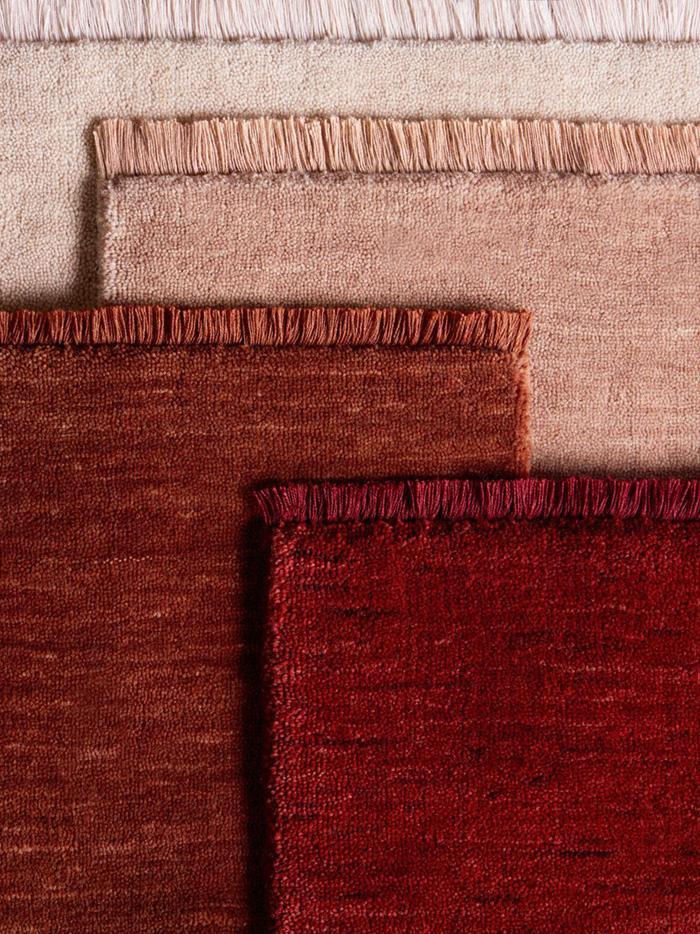
Red
A bold and stimulating colour, red rugs are associated with passion, energy, and excitement. They fit well in dining rooms or any interior space where you want to create a sense of vitality and enthusiasm.

Orange
Like red, orange rugs are energetic and attention-grabbing. They combine the passion of red with the brightness of yellow, creating a feeling of warmth and creativity. Orange coloured rugs are often used in spaces where stimulation and sociability are desired, such as living rooms or home offices.
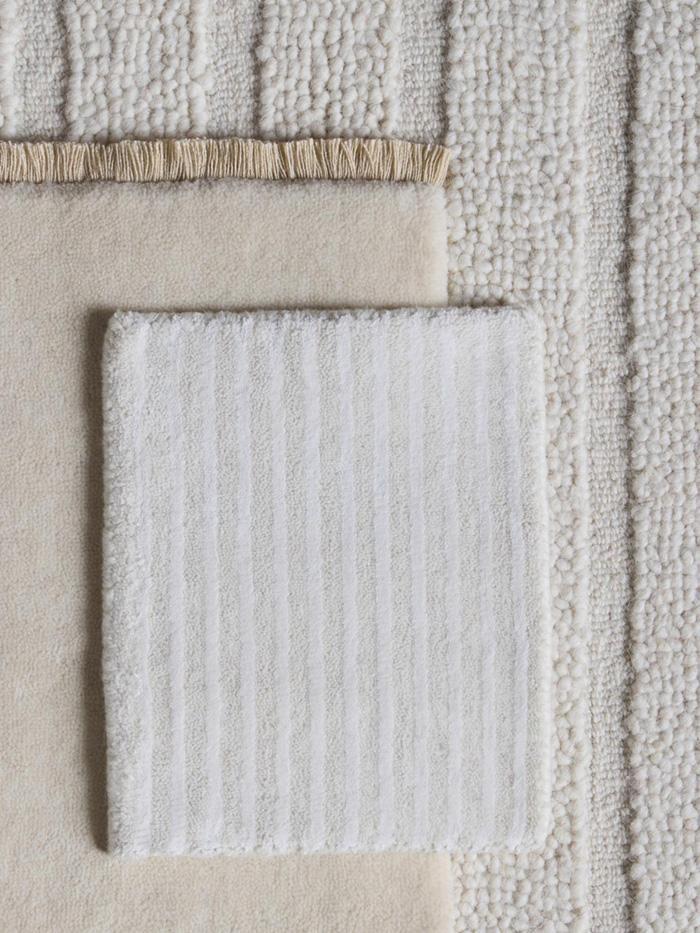
White
Symbolising purity, simplicity, and clarity, white is often used to create a sense of space and openness. White rugs can make rooms feel clean, airy, and serene, making them suitable for any room in the house.
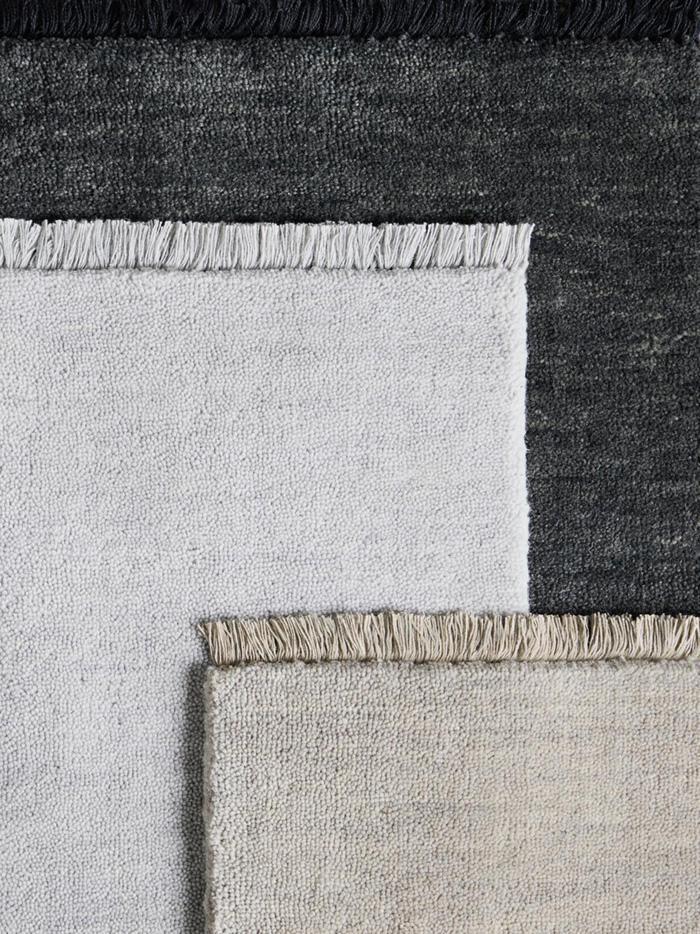
Grey
Versatile and sophisticated, this neutral colour can help to create a sense of balance and calmness. A grey rug pairs well with a variety of other colours and can be used to create a modern, elegant look in any room.






